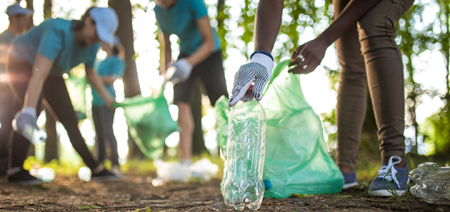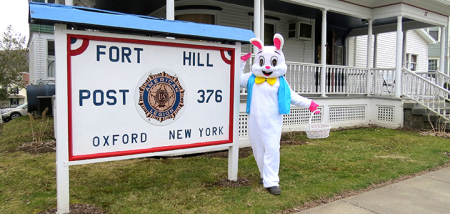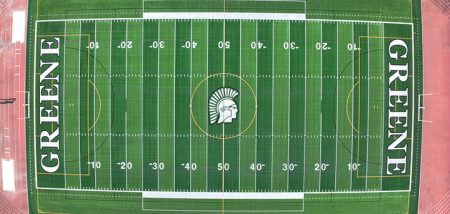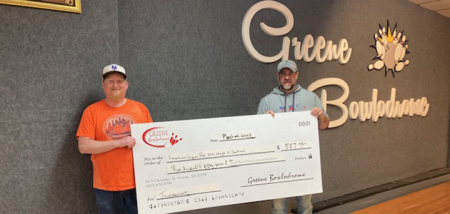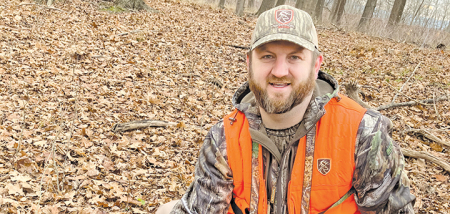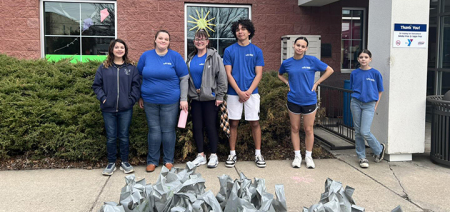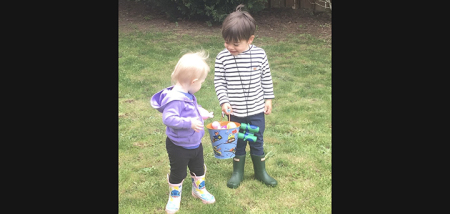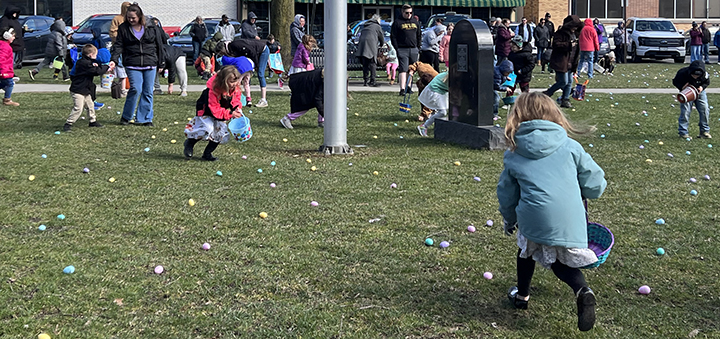No Wonder New York Has The Worst Deer Hunting In The Country
Published:
February 25th, 2016
By:
Josh Sheldon
Had to use a Gump-type quote for this column because, “Stupid is as stupid does.” Once again, deer hunters were at the mercy of obviously uneducated people and the State was happy to listen.
The last column I wrote I was praising our wildlife department for listening to sportsmen, but this time they should have plugged their ears. I’m so sick of deer herd management only being attributed to larger racks. Not once have I seen State revenue generated by out-of-state hunters being mentioned. It seems our state could use another state’s successful management program, which was headed off by a trained scientist and biologist, in an attempt to right our seriously out of whack deer herd. Instead, they say hunters across our state were asked to fill out a survey as to what they think should happen. This entire problem was made by ticked off hunters that want to shoot baby deer, but claim it’s about the meat. I don’t support the decision of the state for many reasons, but number one being the health of the herd.
I call fowl; I mean deer, or both, sometimes. In all seriousness, people who only worry about antler size are more concerned about bragging rights than the overall wellbeing of the herd. On the other hand, people who just want to shoot anything with a horn are the bigger problem. Those that manage are creating a healthier herd as a byproduct of trying to raise bigger bucks. Hunters that shoot year and a half old bucks are just shooting us all in the foot. I can’t understand why it is so hard to implement some standards as to what a mature deer is and what can be harvested, while not hurting the herd as a whole. This is done in fish all the time and I don’t hear people complaining about not being able to keep dink bass. The reason for this is there are plenty of big ones to keep, because a management program was put in place to protect baby fish. I consider “mature” to be the peak of breeding ability for any species. This means that you shouldn’t harvest a buck until it’s at least three and a half years old. Proposing a two and a half cutoff is the best bet as most hunters have a hard time judging the age of deer and a three point on one side is best for folks like that. Can’t tell you how many times I have heard a hunter say that’s an old buck going downhill, when it was only a year and a half old spike or small scrub rack. The fact is, they have never harvested a 200 pound buck to see what a big deer really looks like, because everybody and their brother thinks it’s cool to shoot Bambi. The problem here isn’t the state this time; it is uneducated hunters that have no issue damaging the herd.
Let’s get into economics. This is an easy one for me, being a hunting guide who is coming to the realization that our state isn’t attracting out-of-state hunters because of its lack of management. We are in the perfect temperate zone to grow giants, which we would all be happy to hunt, even paying out-of- or down-state folks. Most hunters who want to shoot a big buck go to states like Iowa, Illinois, and Ohio for their managed populations. It’s just not worth it to come here and not see what they are looking for. States that are properly managing their deer herd see healthier animals and up to a 30 million spike in generated revenue. This is made up by out-of-state tags, taxes on guide services, equipment sales, lodging, transportation, and food. Why our state would throw this all away to appease people with a warped opinion as to what a harvestable animal is completely baffles me.
Everyone I have heard complain about restrictions, were only worried about not getting their meat for the year. This problem could easily be solved if it were truly about meat. There are plenty of us out there that don’t struggle to get deer and would be happy to donate to hunters that were unsuccessful. There are also areas, like Ithaca, that have overpopulation problems and deer harvested there, and places like that, could be donated to those claiming meat is the issue. The problem is that in many cases meat isn’t the issue. Many of these folks were raised shooting baby deer and haven’t moved on. I was one of you and didn’t know or care how old a deer was, as long as I got one. I was part of the problem along with many of you. I now know the facts and refuse to take small deer, or hunt with anyone who does. I will not continue to hurt our herd and wish that all of you would follow suit. It’s about time we start laying down the law with our yahoo friends, if the state is going to refuse to do so. From this point on, I vow to quit hunting with, and or exclude anyone from hunting with me, who chooses to shoot inferior animals and shows no regard for the herd, its health, and sustainability, for future hunters.
Think about how ridiculous it would be to tell everyone on the road they only had to stop at red lights and stop signs if they chose to. This is exactly what the state has proposed, by asking hunters to voluntarily pass smaller deer. Seriously, how many of you would come to a complete stop at a stop sign if you didn’t have to? There is no doubt there would be damage concurred, by not having these rules in place. The fact is, our herd has been left behind again and sound management practice has been side- stepped and shot down for all of us. Everyone I know that hunts in Pennsylvania was mad when they made restrictions the law. They have now shot the biggest bucks of their lives and they are only getting bigger. When asked now if they would shoot a spike and if they are still upset about restrictions the answer is always no.
Look it up, our state has the worst managed herd in the country, with one of the highest young buck and fawn harvest rates. It’s about time we as hunters do something about it and start protecting rather than mismanaging and damaging our deer population. You can’t blame the DEC for making the decision they did; remember, it was up to hunters and we dropped the ball. Let’s educate everyone, start management programs amongst neighbors, so we may pick the ball back up and run it in for a touchdown next time.
Good wishes and be a catalyst for change in others.
Author: Josh Sheldon - More From This Author
Comments

